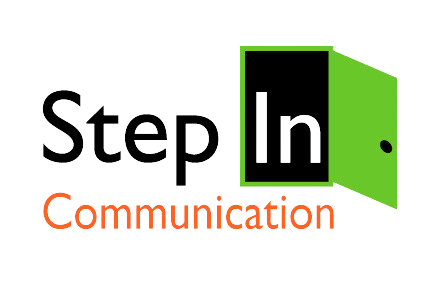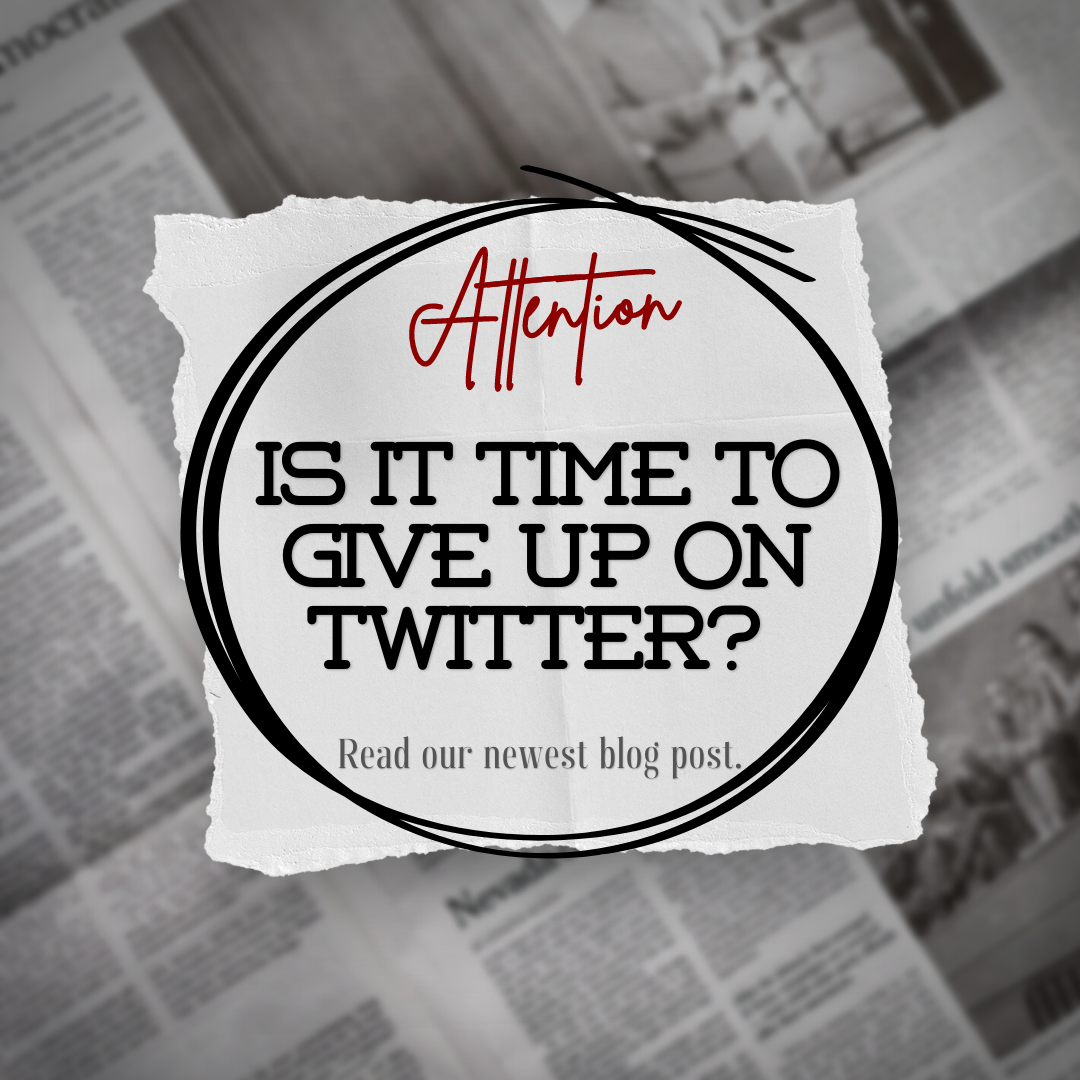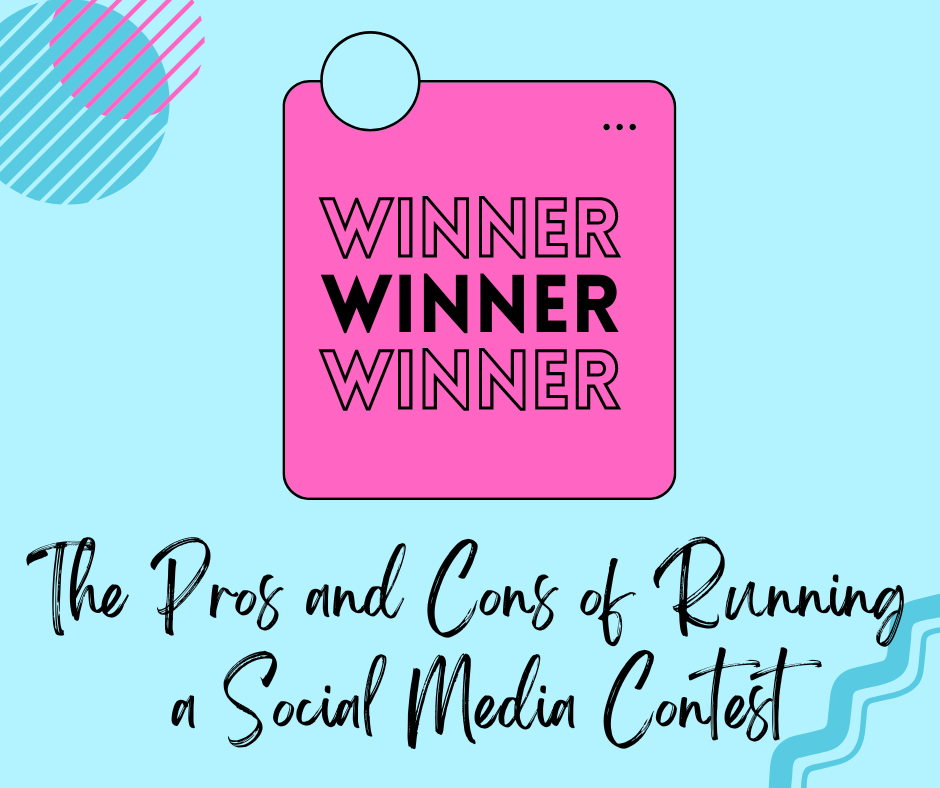It’s been a couple of weeks since Elon Musk took over at Twitter. In that time, we’ve seen lots of upheaval over there, including some grabber headlines about employees leaving, others being fired and of course, Tweets from Musk himself to signal what’s to come for one of the earliest social media platforms. In the […]
Why Run a Contest? It’s tempting to think that running a contest on your social channels can enhance your social media practice. Contests used to be a great way to add engagement to your social channels, but today they are often time-consuming and may not always bring the return you are hoping for. The glut […]
12 Questions Communicators Should Ask How are you using Google Analytics in your communications programs? Oh, you’re not. Maybe it’s time you took a little tour back through your website data and see if answering any of these questions can help inform future program and tactical decisions. Connecting what you do as a communicator to […]
Facebook may be making news for its new name/initiative/strategy called Metaverse, but down here in the social media trenches we’re more concerned with some everyday things that would really help us manage our clients’ Facebook presence. Late last year, Facebook itself reported that there were more than 70 million page managers on Facebook, so we […]
Yes, we said “auto pilot.” Are you shocked? Well, don’t be. If you’re not a retailer whose livelihood depends on Christmas sales, then this post is for you. Why You Should Take a Break This Holiday Season If you are an entrepreneur or, for that matter, any small to medium business owner, you’re no doubt […]
A good social media management tool can make your life so much easier. A bad one can be really frustrating. With tools changing ALL THE TIME, how can you be sure you’ve picked the right tool for YOUR business? We have a series of questions we ask when considering a social media management tool for […]
EDITED: August 2023 In 2020, Instagram rolled out a series of new video features under the heading of Reels. Reels is a huge feature in Instagram so let’s talk about updates and changes. Instagram Answers TikTok with Reels If you’re on the fence about whether TikTok is right for your brand, you’re not alone. While this […]
What happens after a disrupting event? Everything Changes. So Should You. This is the fourth in the series on Managing Social Media through a Prolonged Crisis. In the first post, we talked about what you should be doing during this time. Then we tackled what happens when your strategy is altered. Finally, we addressed changes […]






